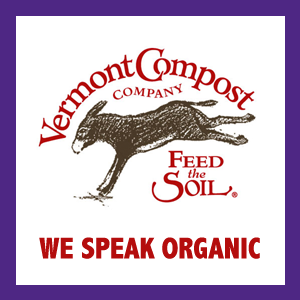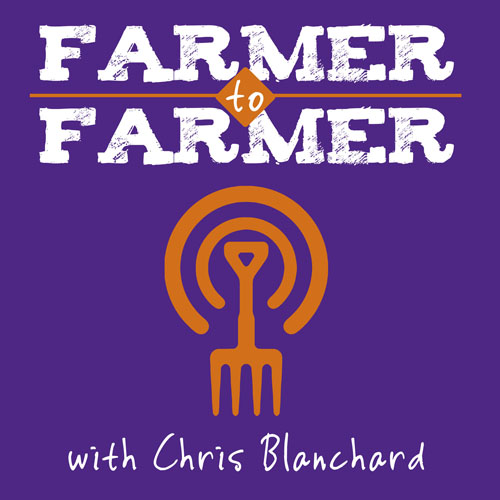My first real farming job was at a farm on the outskirts of Santa Barbara. We would wake up early every Wednesday and load the pickup truck in the dark before heading south to a farmers market in Santa Monica. Just the thought of driving the overloaded little truck through L.A. rush hour traffic added a nice touch of stress to the morning.
My first week on the job, we arrived at market and began to set up a rather elaborate stand that included an overhead structure to hold long, gorgeous garlic braids (this was back when garlic braids were still new and kind of unusual). The structure had to be nailed together, and, unfortunately, we didn’t have a hammer.
The farmer sent me off to find one. One vendor finally directed me to an old Japanese farmer: “He’s always got his tools.” I got the hammer, we put up the stand, and the market was a success. And I came to two important conclusions:
I went home that night and put together a checklist to make certain we would never again get to farmers market without everything we needed to have a successful market. I’ve been a big fan of checklists ever since. We used them on our farm for deliveries, farmers markets, washing and packing workflow, opening and closing the packing house, and hooking up implements to the three-point hitch.
Here are a few tips adapted from The Checklist Manifesto for creating a great checklist:
(The Checklist Manifesto is a great read, and even a pretty engaging audio-book!)
My first week on the job, we arrived at market and began to set up a rather elaborate stand that included an overhead structure to hold long, gorgeous garlic braids (this was back when garlic braids were still new and kind of unusual). The structure had to be nailed together, and, unfortunately, we didn’t have a hammer.
The farmer sent me off to find one. One vendor finally directed me to an old Japanese farmer: “He’s always got his tools.” I got the hammer, we put up the stand, and the market was a success. And I came to two important conclusions:
- When I got my own farm, I intended to be the guy with the tools, if only to help the poor kid who got told to go find a hammer on insufficient coffee; and
- We had to do something to make certain we had what needed at farmers market.
I went home that night and put together a checklist to make certain we would never again get to farmers market without everything we needed to have a successful market. I’ve been a big fan of checklists ever since. We used them on our farm for deliveries, farmers markets, washing and packing workflow, opening and closing the packing house, and hooking up implements to the three-point hitch.
Here are a few tips adapted from The Checklist Manifesto for creating a great checklist:
- Make them precise.
- They should be efficient, to the point, and easy to use even in the most difficult situations (hung-over, tired, or emotionally stressed).
- Do not try to spell out everything. (again, brevity is important).
- Provide reminders of only the most critical and important steps – the ones that even highly skilled professionals using them could miss.
- Above all, make sure they are practical.
(The Checklist Manifesto is a great read, and even a pretty engaging audio-book!)




 RSS Feed
RSS Feed
